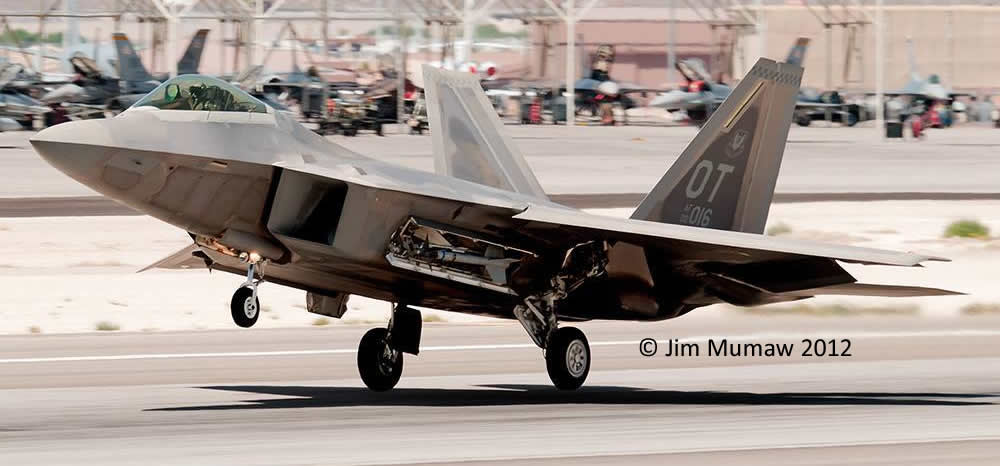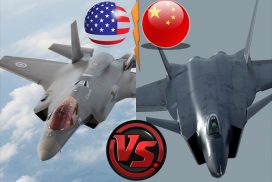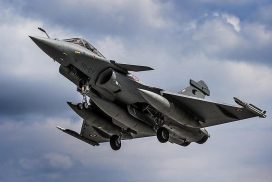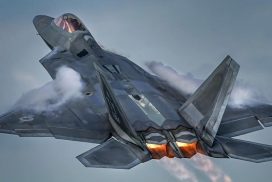Modern stealth aircraft boast of being able to avoid detection using a variety of stealth technologies that reduce reflection and emission of radar, infrared, visible light, radio frequency spectrum and audio. But stealth is not a cloak of invisibility, rather the technology simply delays detection and tracking providing a tactical advantage in aerial battles and enemy defence mechanisms.
How can radars detect and track stealth fighters and successfully target them with radar guided weapons when flying over their territories? The strategy has to take into account the heat, sound and other emissions as well as physical characteristics of the aircraft to locate and attack it.
If a stealth fighter is carrying external fuel tanks – as is often the case in reconnaissance missions – it is not technically in stealth mode. Also, any device fitted on the ventral side of the aircraft will enhance its cross section and be more easily detectable on radar. Any tactical fighter-sized stealth aircraft with empennage surfaces such as tail-fins, for example, the F-22 Raptor, F-35, PAK-FA, J-20 or J-31 are not invisible to enemy radar either.
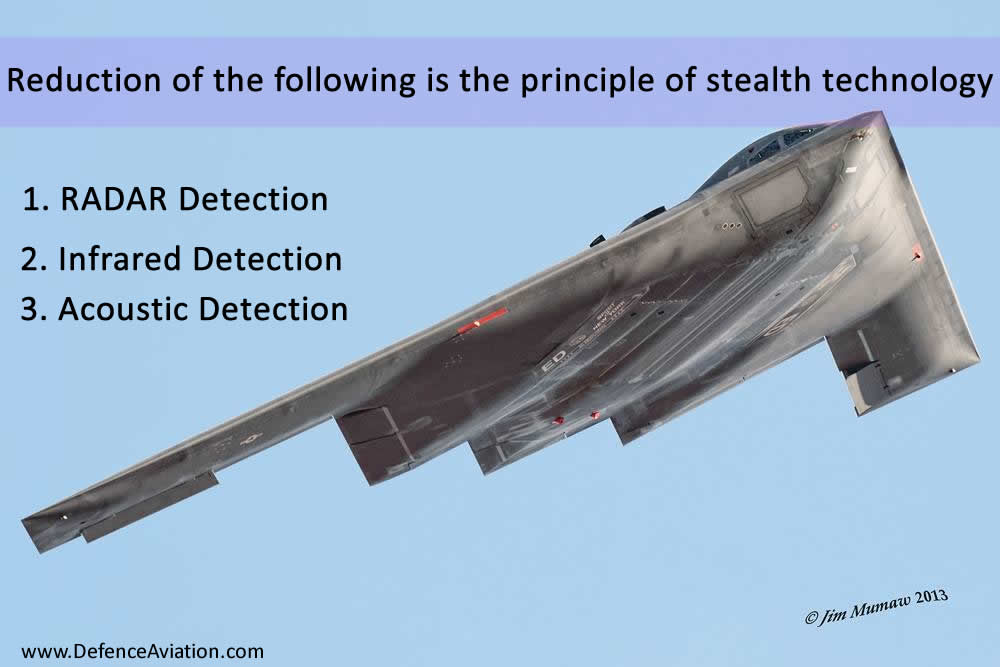
Essentially, the aircraft must be optimized to defeat higher-frequency bands. The low observable signature of the aircraft will cause a resonant effect once the frequency wavelength exceeds a certain threshold. This occurs when a feature on the aircraft, such as a tail-fin is less than eight times the size of a particular frequency wavelength. Radar absorbent material coatings containing carbon black particles or tiny iron spheres on every surface of the stealth fighter can further help conceal the aircraft.
Civilian Air Traffic Control radars are almost certainly able to detect and track tactical fighter-sized stealth aircraft because they operate at a lower-frequency band. But aircraft that lack many of the features that cause a resonance effect, for example, the Northrop Grumman B-2 Spirit, are more effective against low- frequency radars than aircraft such as the F-35 or F-22. However, those low-frequency radars do not provide enough detailed coordinates to guide a missile onto target. In addition, a fire control system would be required in the case of an ATC radar.
Countries are developing advanced UHF and VHF band early warning radars that use longer wavelengths to cue their radars on a stealth fighter’s approximate approach direction. Still, VHF and UHF band radars come with large radar resolution cells meaning that contacts are not tracked accurately and with the required precision to guide a weapon on target. In fact, missions do not require cloaking devices if the threat can see it but can’t do anything about it.
In general, the design of the stealth aircraft should be aimed at reducing radar and thermal detection. The design’s top priority should satisfy a list of conditions which ultimately decide the success of the aircraft. These include reducing the thermal emission from thrust, reducing radar detection by altering physical characteristics of the general configuration (such as minimal radar cross section), decreasing radar detection when the aircraft opens its weapons bay and lessening the degree of infra-red and radar detection during adverse weather conditions. In the case of the B-2, its operational altitude imposes a flight time for defensive weapons that make it virtually impossible to engage the aircraft. And aircraft such as the F-22 and F-35 can open their bays, deploy munitions and return to stealthy flight in less than a second. There is, however, always a trade-off between stealth or range and payload.
Industry experts suggest a combination of high-speed data-links and low-frequency phased-array radars to identify the presence of stealth aircraft and generate a weapons quality track. To overcome this, stealthy tactical aircraft will often operate alongside electronic attack platforms like the Boeing EA-18G Growler. Since detection is all about the signal-to-noise ratio, low observable reduce the signal, while electronic attack increases the noise. The U.S. navy and Lockheed are already working in these areas of stealth technology thereby creating the need to develop even more sophisticated sensors that cue radars about the invisible blackbirds that roam our skies.

